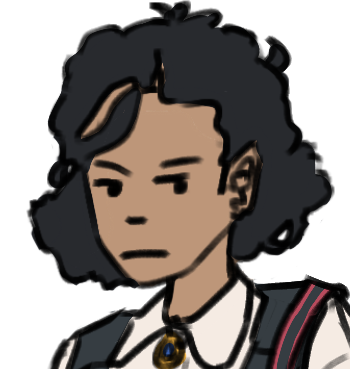NEW Story: Sunday Morning
On the Concept of Childhood

This post is part discussion, part lore.
Kojin Karatani, on the subject of childhood, writes;
Of course, children have existed since ancient times, yet ’the child’ as we conceive of it and objectify it did not exist prior to a particular period […].
From this viewpoint, it becomes clear that the grouping of children by age in the compulsory educational system of modern Japan signified the uprooting of children, as abstract and homogenous entities, from productive relations, social classes, and communities that had previously been their concrete contexts.
For my own world (the city-state of Vekllei and her alternate future) this idea is is something I’m experimenting with. As people of a modern world, we may contain within ourselves biases about what ‘childhood’ is.
Karanati’s fundamental point is that, following the Meiji Restoration in Japan, their education system modernised, and took on the Western idea of a ‘child’. Today, the development of children is staggered through very specific age groups — they play with kids their own age, they learn with kids their own age, and what we expect of them accompanies, in part, how we’ve structured school.
So in my world, I’ve tried to develop a system in which almost all age groups, or at least large groupings of them, learn inside the same classroom. If 25% of rooms in a school are dedicated general-learning classrooms, what could you do with the rest of the space? Dedicated science/language/athletic centres? Likewise, how would children playing with both older and younger kids influence their social development. And how would work (or employment), either in agrarian or industrial contexts, impact their growth as people?
As for lore:
I’ve tried to sketch a uniform here that is both visually interesting and simple enough to assemble (the girl, in this case, is wearing a less-common, formal variation). In keeping with the ideas above, the uniform would be consistent across all year groups.
Things of note on the girl
- Flowers are a large part of femininity, in particular ‘girlishness’, and elaborate headdresses like the one here are common for picture days and ceremony
- She wears a lace apron above her skirt, under the pleat, called a ‘Soitres Deh’ (soo-treh deh), which is ceremonial and very delicate. Some wear it to announce they’ve entered a relationship. Usually not worn to school.
Things of note on the boy
- His cap, while part of the uniform, is more commonly worn in fields and factories as a labourer’s cap, and is emblazoned with the emblem of the enterprise or school. Very common in Vekllei.
So what to you think? I’ve given enough detail to stop people reading it, but not enough to properly explore the idea of childhood. What do you think? How do you deal with education in your world?
